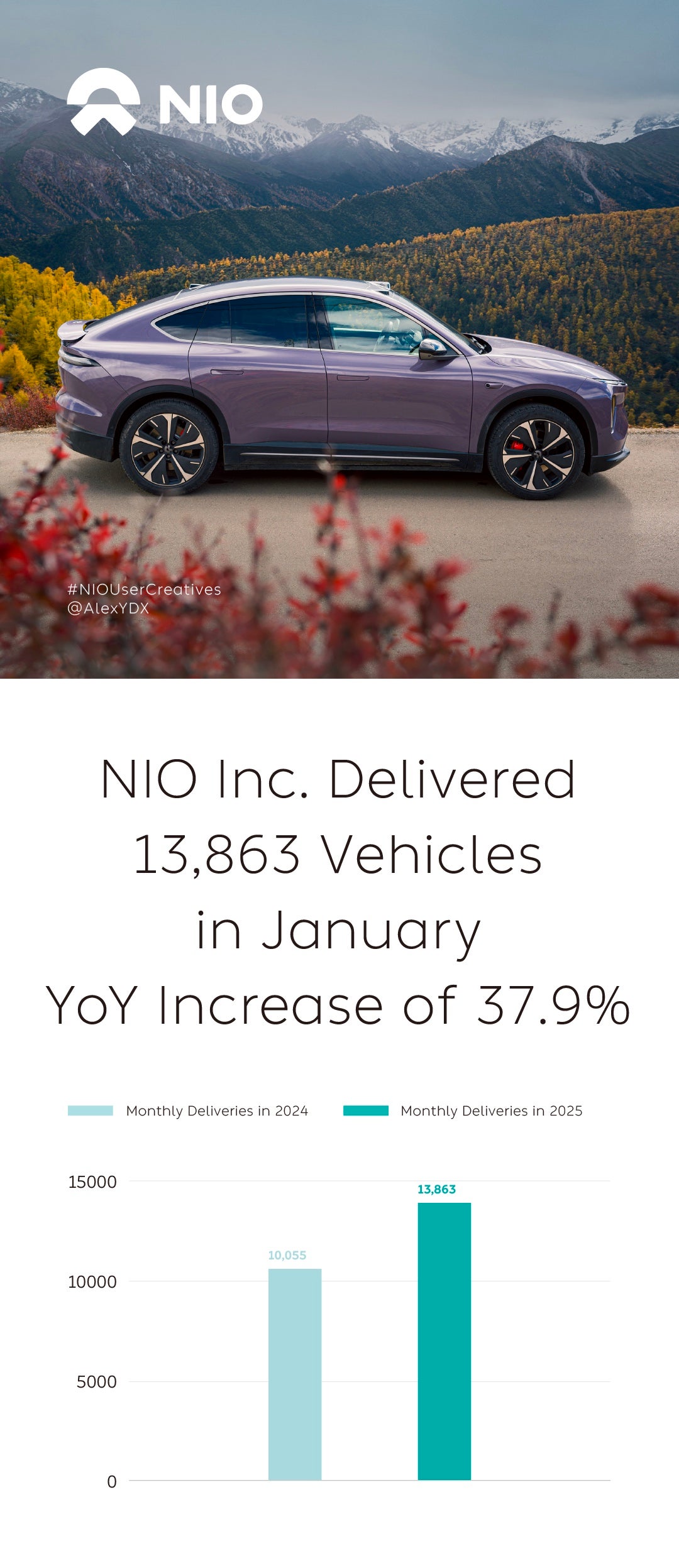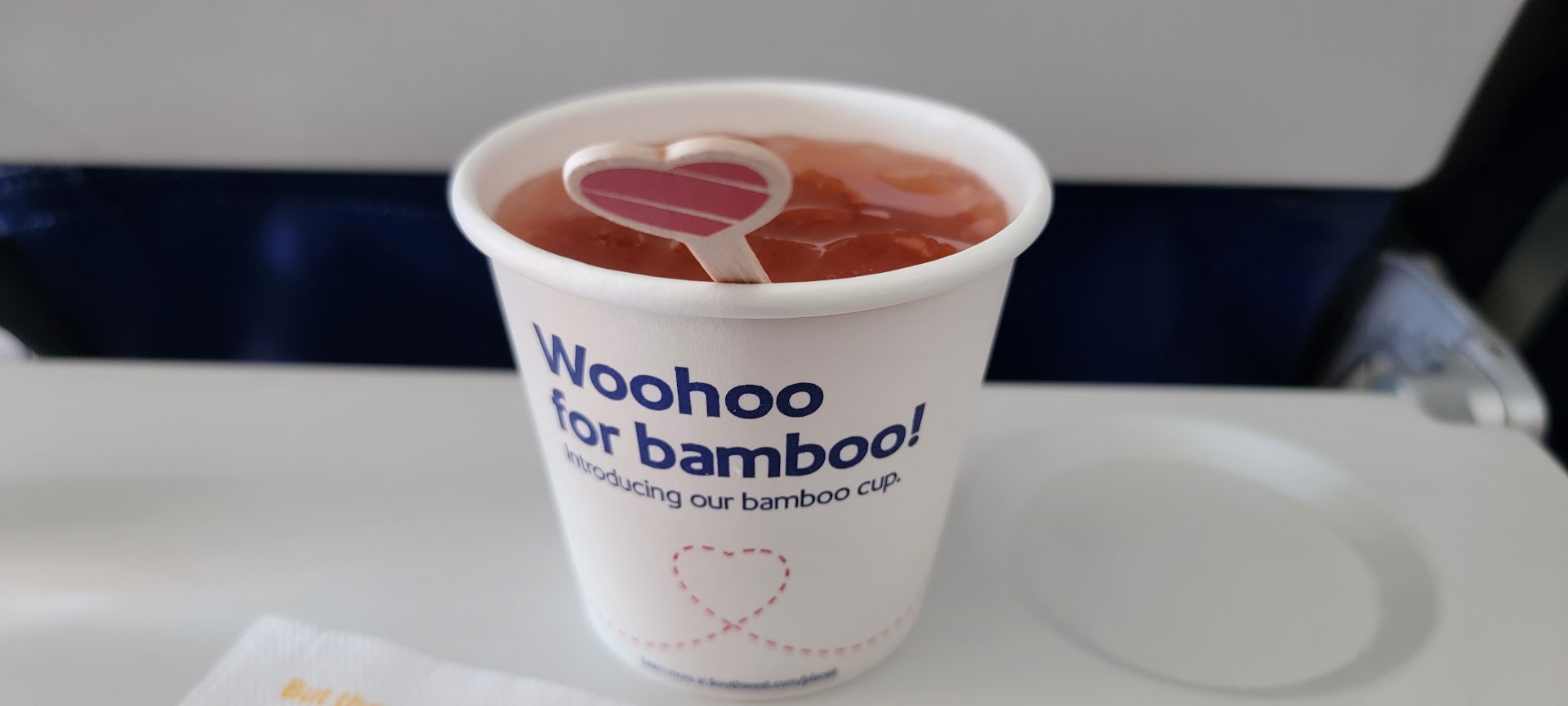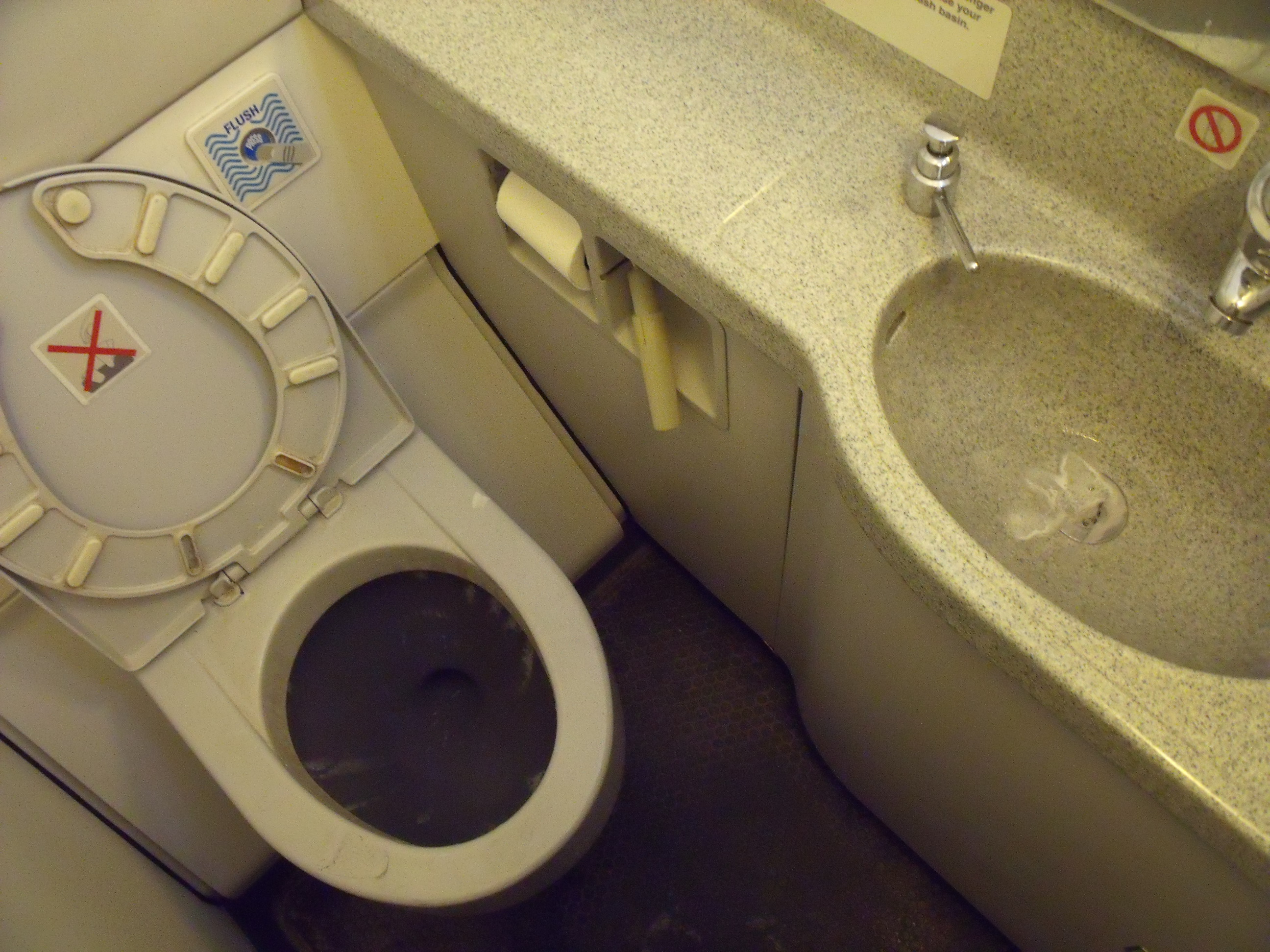A key web service is making it easier than ever to access Content Credentials
Image: Cloudflare Content delivery giant Cloudflare has announced a new tool to preserve the digital history of images using Content Credentials, based on the Coalition for Content Provenance and Authenticity (C2PA). It is also joining forces with Adobe's Content Authenticity Initiative (CAI) to help people verify the authenticity of online images. The new one-click setting to "Preserve Content Credentials" is available starting today across the entire global Cloudflare network. Given that roughly 20% of the web uses Cloudflare's services, this marks a significant jump forward in the movement to address the growing problem of AI-based imagery. One of the holdups with the success of this initiative is simply the lack of compatibility across the web. If the metadata is wiped from a file, it's much harder to retain proof that it's authentic. Such a major player getting involved to capture and keep all metadata moves the needle forward in a big way. Given how easy it is to create realistic-looking fake photos using AI, there has been a push to come up with a solution for verifying the source of imagery. After all, faked imagery can have significant implications, so a greater level of trust is needed as this type of content becomes even more prevalent. Additionally, in the age of viral content, it is all too easy for someone's photo to become hugely popular without any credit provided. Content Credentials aims to address both situations. The new tool is designed for content creators and publishers alike. Media organizations such as BBC, the New York Times, Associated Press, Wall Street Journal and Dow Jones are members of the CAI. In addition to news organizations, Microsoft, Arm, Nvidia, Qualcomm, Truepic, Getty, Shutterstock, Canon and Leica have also joined. “By integrating Content Credentials across our global network, we can help media and news organizations to verify authenticity and maintain ownership of their work" "The future of the Internet depends on trust and authenticity,” said Matthew Prince, co-founder and CEO, Cloudflare. “By integrating Content Credentials across our global network, we can help media and news organizations to verify authenticity and maintain ownership of their work, wherever it moves online. This isn’t just about securing individual images—it’s about giving publishers the tools they need to preserve trust and remain relevant in the age of AI." Image: Cloudflare In a blog post, Cloudflare explains that the Content Authenticity Initiative aims to create a digital version of content provenance. Provenance enables a better understanding of how a piece of digital media was created and edited, even including resizing. With the new tool, anyone uploading images to their sites will know that any Content Credentials they have will be retained, letting their users verify the file's digital history using tools like Adobe’s Content Authenticity web tool or Chrome browser extension. "Cloudflare’s implementation of Content Credentials is a major win for Content Credentials, particularly at the final stages of the content creation and management lifecycle,” said Andy Parsons, Senior Director Content Authenticity at Adobe. “Ensuring these credentials are always available at the edge provides valuable ‘trust signals,’ ensuring those who interact with content online have confidence in what they engage with, especially with the rise of generative AI and deepfakes. Cloudflare helps strengthen the integrity of digital content, supporting content authenticity for news organizations and journalists, while also enabling creators to maintain proper attribution."

 |
| Image: Cloudflare |
Content delivery giant Cloudflare has announced a new tool to preserve the digital history of images using Content Credentials, based on the Coalition for Content Provenance and Authenticity (C2PA). It is also joining forces with Adobe's Content Authenticity Initiative (CAI) to help people verify the authenticity of online images. The new one-click setting to "Preserve Content Credentials" is available starting today across the entire global Cloudflare network.
Given that roughly 20% of the web uses Cloudflare's services, this marks a significant jump forward in the movement to address the growing problem of AI-based imagery. One of the holdups with the success of this initiative is simply the lack of compatibility across the web. If the metadata is wiped from a file, it's much harder to retain proof that it's authentic. Such a major player getting involved to capture and keep all metadata moves the needle forward in a big way.
Given how easy it is to create realistic-looking fake photos using AI, there has been a push to come up with a solution for verifying the source of imagery. After all, faked imagery can have significant implications, so a greater level of trust is needed as this type of content becomes even more prevalent. Additionally, in the age of viral content, it is all too easy for someone's photo to become hugely popular without any credit provided. Content Credentials aims to address both situations.
The new tool is designed for content creators and publishers alike. Media organizations such as BBC, the New York Times, Associated Press, Wall Street Journal and Dow Jones are members of the CAI. In addition to news organizations, Microsoft, Arm, Nvidia, Qualcomm, Truepic, Getty, Shutterstock, Canon and Leica have also joined.
“By integrating Content Credentials across our global network, we can help media and news organizations to verify authenticity and maintain ownership of their work"
"The future of the Internet depends on trust and authenticity,” said Matthew Prince, co-founder and CEO, Cloudflare. “By integrating Content Credentials across our global network, we can help media and news organizations to verify authenticity and maintain ownership of their work, wherever it moves online. This isn’t just about securing individual images—it’s about giving publishers the tools they need to preserve trust and remain relevant in the age of AI."
 |
| Image: Cloudflare |
In a blog post, Cloudflare explains that the Content Authenticity Initiative aims to create a digital version of content provenance. Provenance enables a better understanding of how a piece of digital media was created and edited, even including resizing. With the new tool, anyone uploading images to their sites will know that any Content Credentials they have will be retained, letting their users verify the file's digital history using tools like Adobe’s Content Authenticity web tool or Chrome browser extension.
"Cloudflare’s implementation of Content Credentials is a major win for Content Credentials, particularly at the final stages of the content creation and management lifecycle,” said Andy Parsons, Senior Director Content Authenticity at Adobe. “Ensuring these credentials are always available at the edge provides valuable ‘trust signals,’ ensuring those who interact with content online have confidence in what they engage with, especially with the rise of generative AI and deepfakes. Cloudflare helps strengthen the integrity of digital content, supporting content authenticity for news organizations and journalists, while also enabling creators to maintain proper attribution."























.jpg?width=1920&height=1920&fit=bounds&quality=80&format=jpg&auto=webp#)




















![Gay Catholic United Flight Attendant Axed After ‘Sex Is Unchangeable’ Remark—Raises Enough Money To Sue [Roundup]](https://viewfromthewing.com/wp-content/uploads/2025/02/DALL·E-2025-02-03-08.46.00-A-high-contrast-digital-montage-combining-aviation-Catholic-symbolism-and-legal-imagery___-Central-figure_-A-stern-looking-male-flight-attendant-in.webp?#)






























